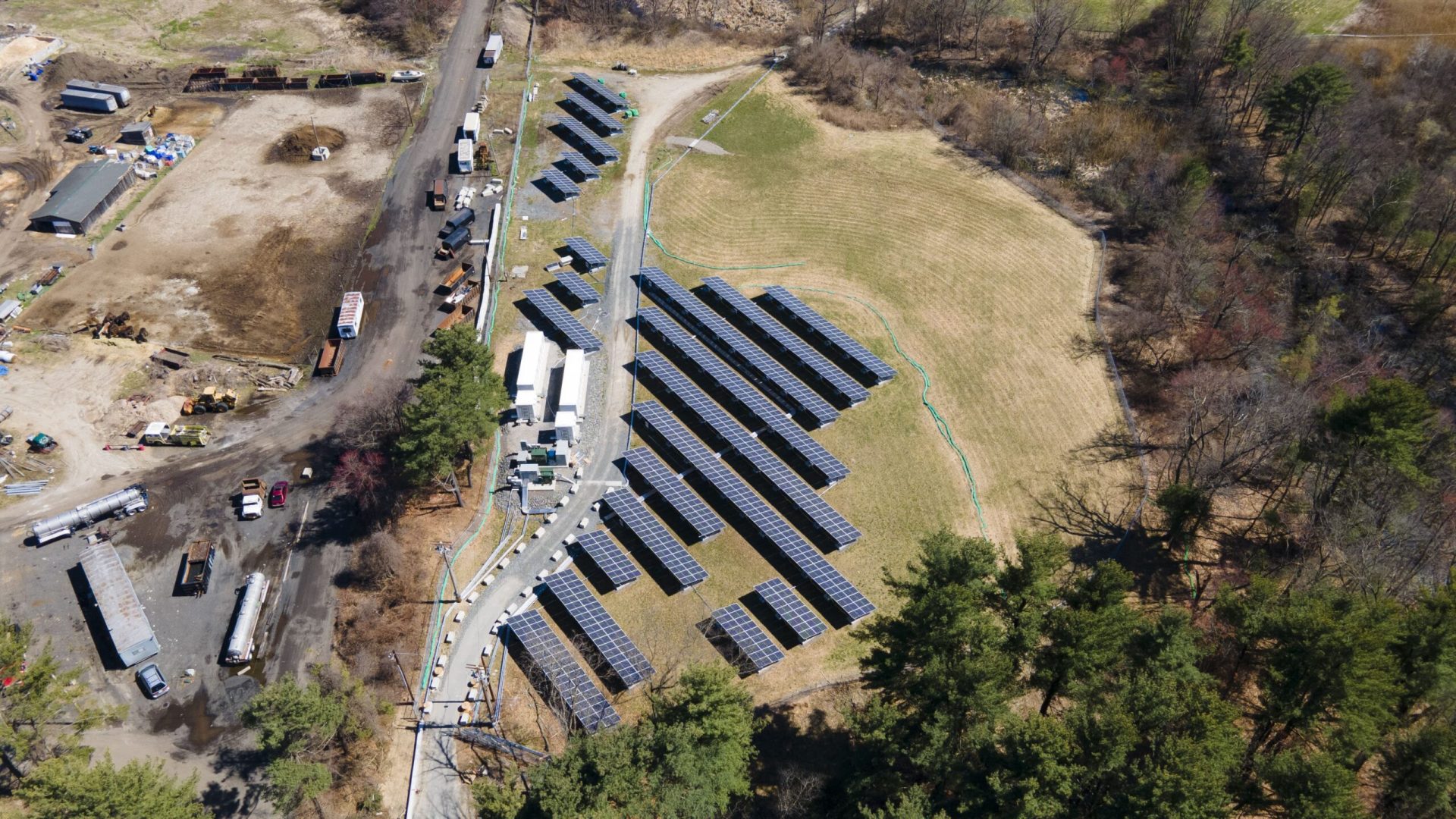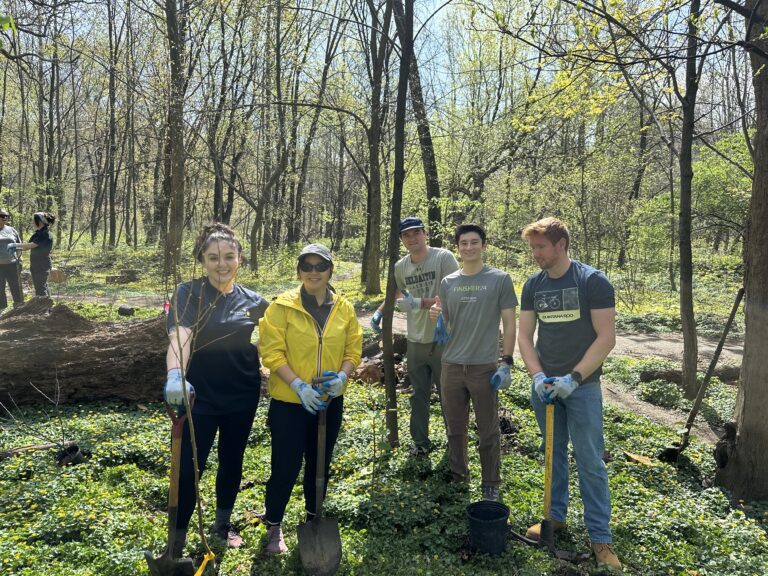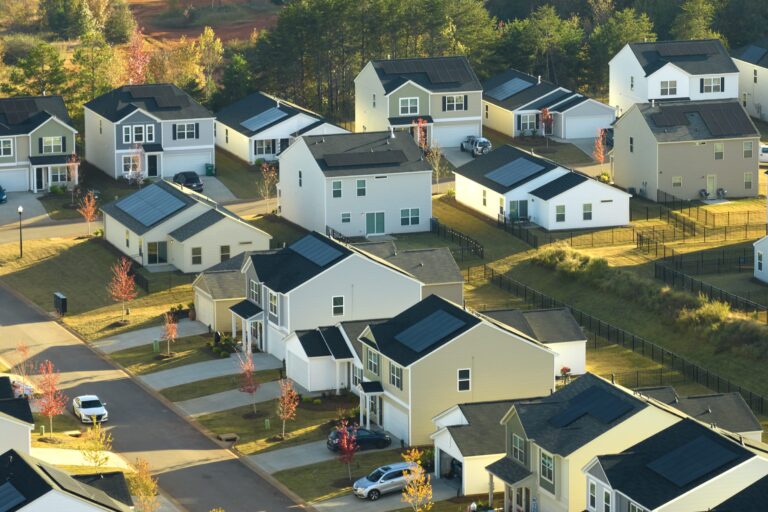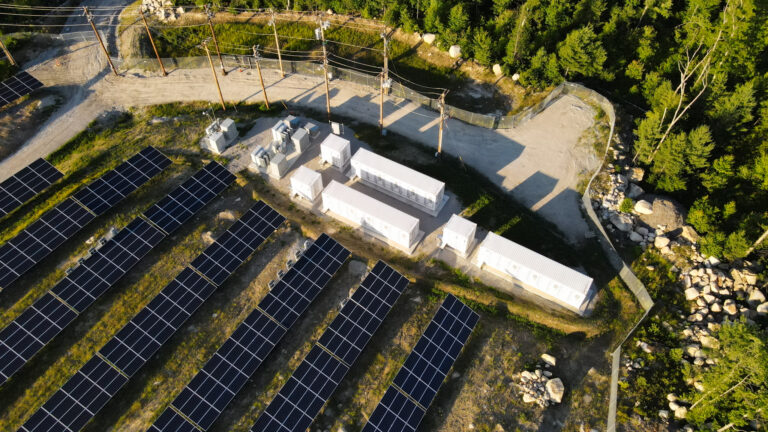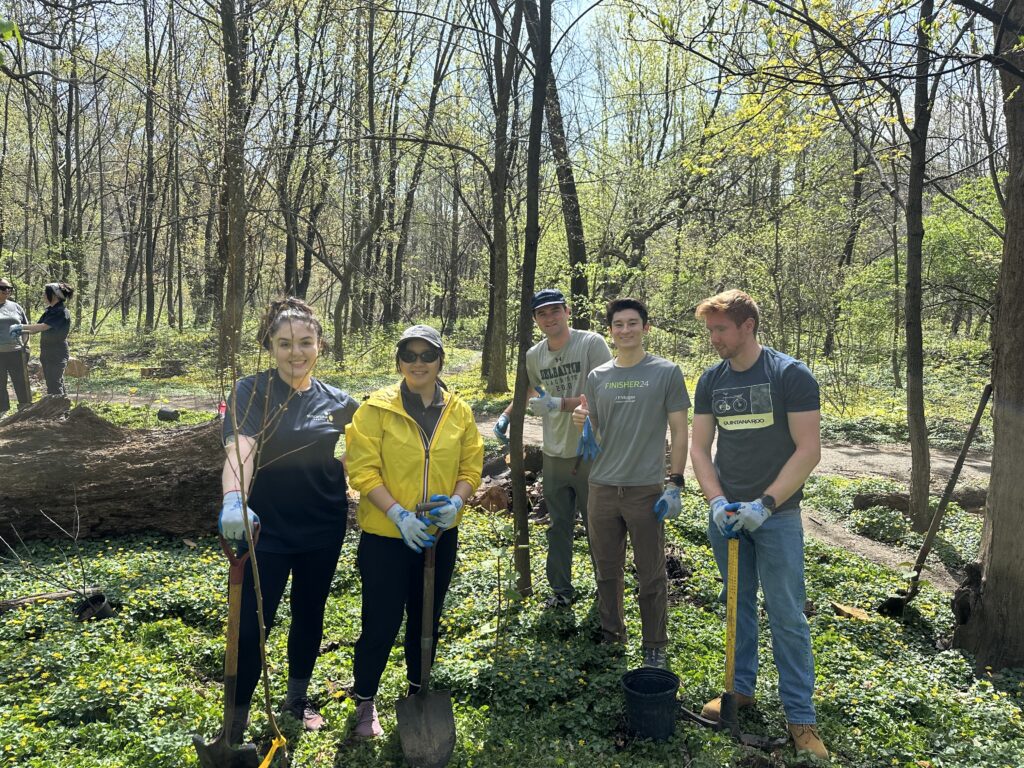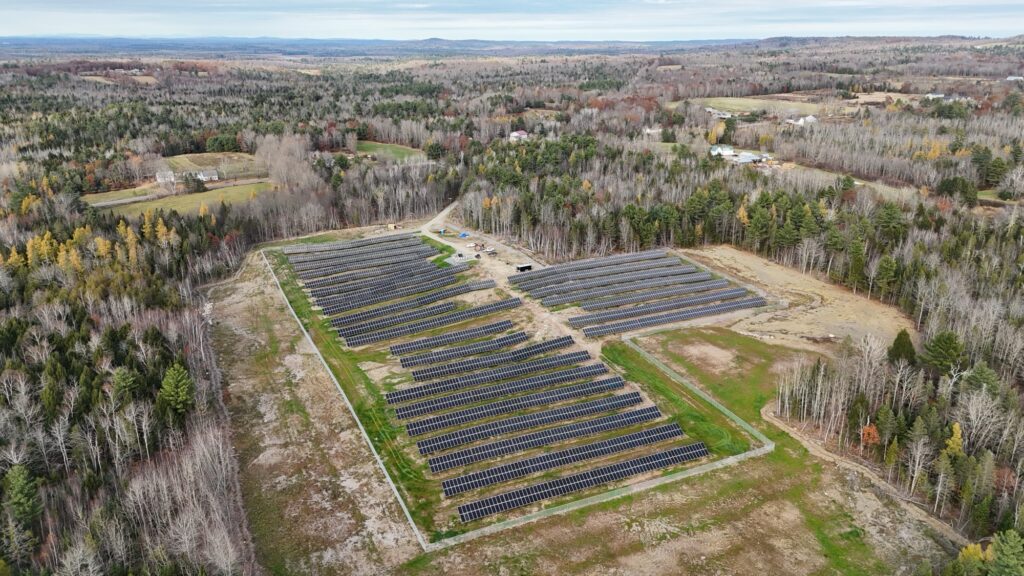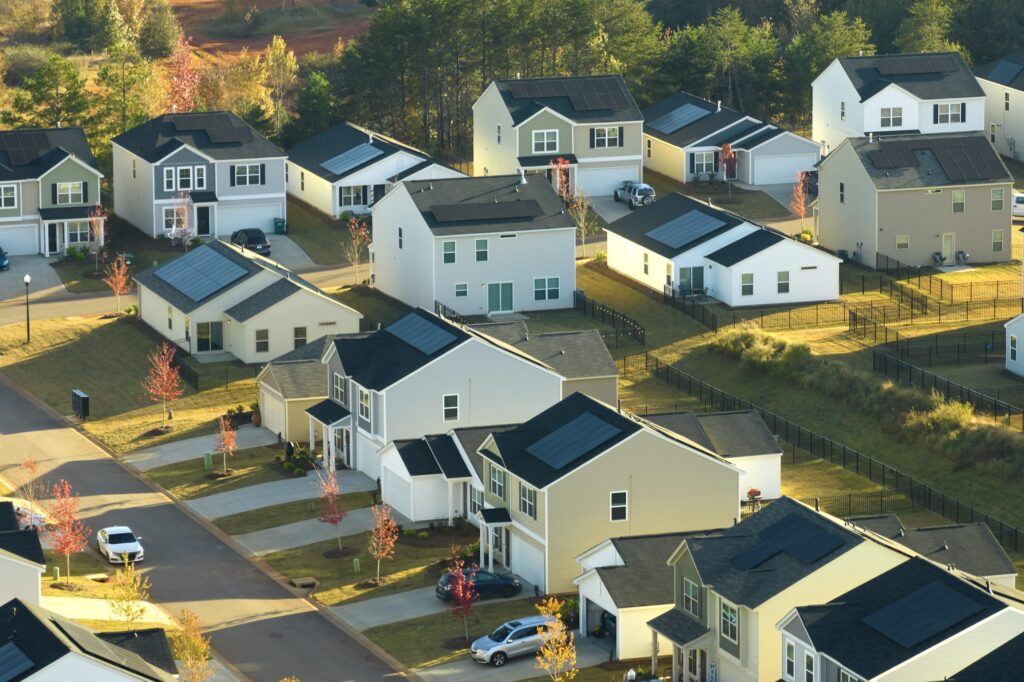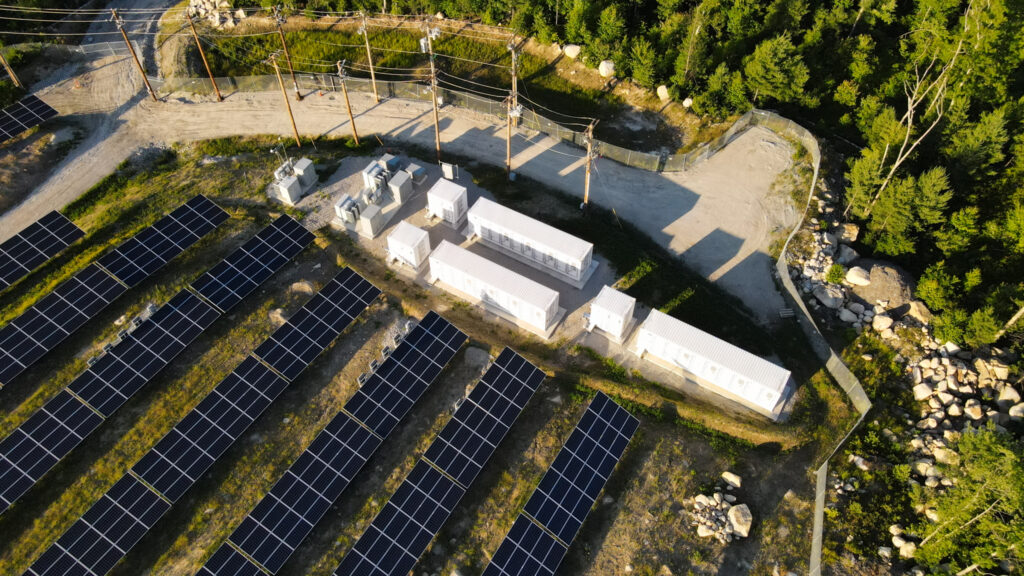Many landowners and municipalities are unaware that vacant, degraded, or contaminated land can be repurposed into solar energy assets. These locations offer several advantages:
Why Underutilized Land is Ideal for Solar Development
1. Landfills & Waste Sites: Repurposing Unusable Land for Good
- What they are: Closed landfills, capped waste sites, or degraded land with poor soil conditions
- Why they work for solar: These locations can’t be used for farming, housing, or commercial buildings, making them perfect for solar energy generation
- Key Benefits:
- Dual Benefit: Reduces environmental hazards while generating clean energy
- Leverages Existing Space: Instead of letting these sites go to waste, they are transformed into productive assets
- Long-Term Land Use Solution: Solar panels have minimal impact on capped landfills and extend the land’s usefulness
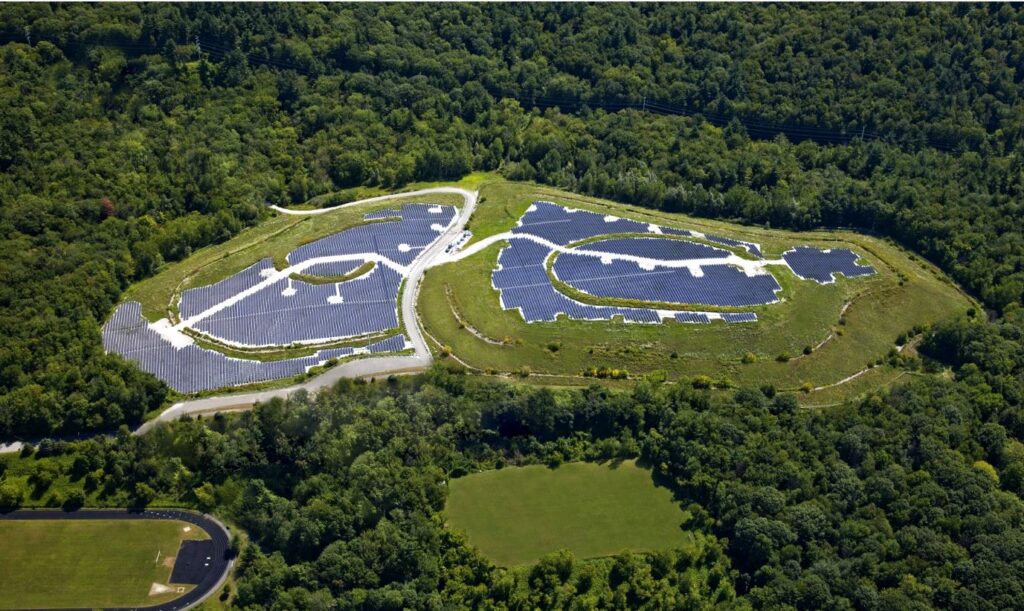
2. Brownfields & Superfund Sites: Turning Liabilities into Assets
- What they are: Brownfields are previously developed properties that may be contaminated, while Superfund sites are heavily polluted locations requiring environmental remediation
- Why they work for solar: Many of these sites are unsuitable for commercial or residential development but can still support solar farms
- Key Benefits:
- Land Revitalization: Solar projects help restore economic value to the land
- Government Incentives: EPA and state programs often provide grants and tax incentives for redeveloping these areas with renewable energy
- Minimal Impact: Solar farms are low-impact developments that do not disturb contaminated soil
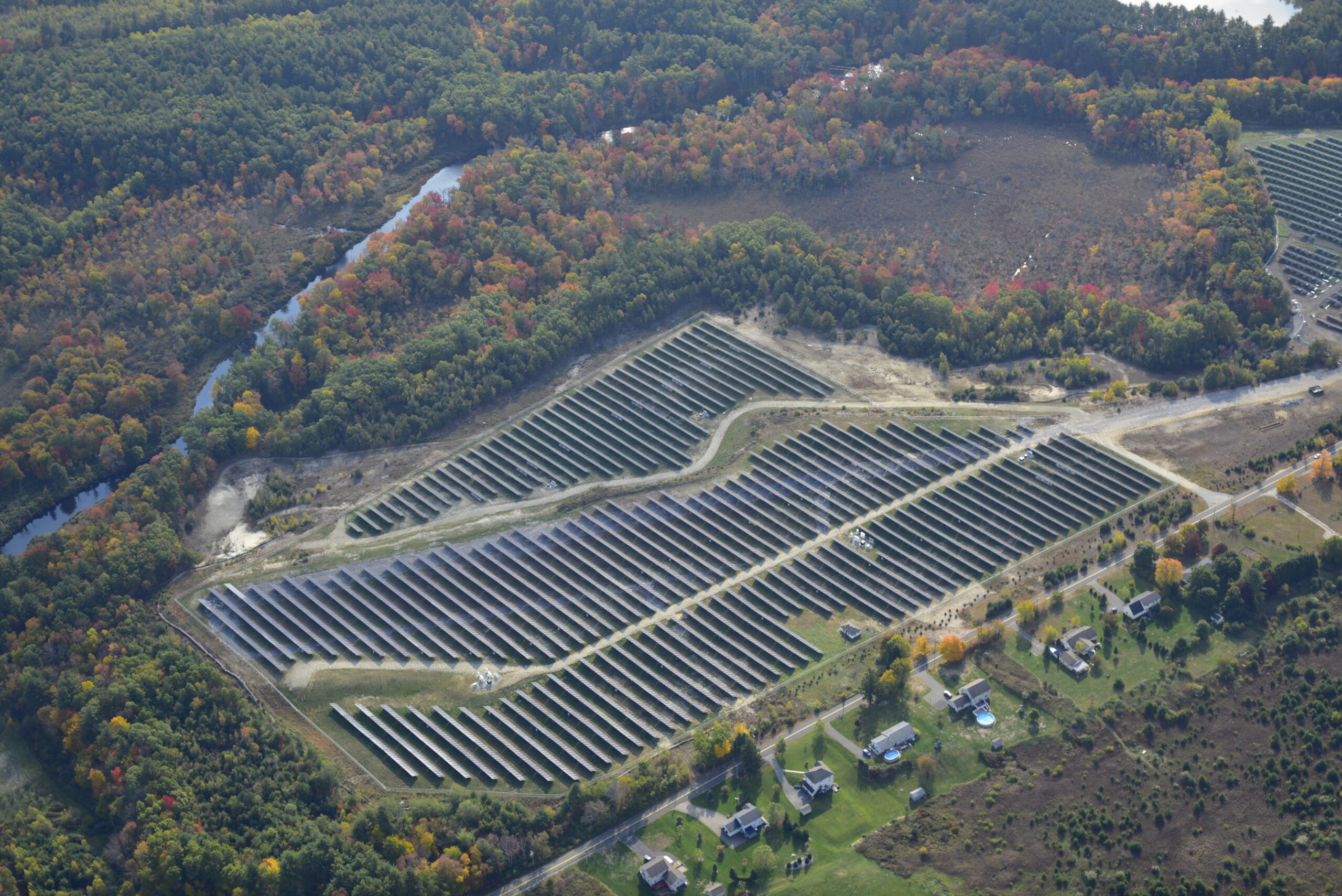
Additional Benefits of Transforming Underutilized Land Into Solar Assets
1. Environmental Benefits
- Pollution Mitigation: Repurposing contaminated sites for solar installations helps prevent further environmental degradation by containing pollutants and reducing the risk of soil and groundwater contamination
- Greenhouse Gas Reduction: Solar energy projects on brownfields and landfills contribute to lowering greenhouse gas emissions by replacing fossil fuel-based energy sources with clean, renewable energy
2. Economic Benefits
- Enhanced Property Values: Redeveloping brownfields with solar facilities can increase nearby property values by 5-15% within roughly a mile of the site, transforming blighted areas into valuable assets
- Revenue Generation: Solar projects on landfills can provide local governments with lease and tax revenues, contributing to the local economy and funding public services
3. Social Benefits
- Community Engagement: Developing solar energy projects on underutilized lands fosters community involvement, empowering residents to participate in sustainable energy solutions and promoting environmental stewardship
- Job Creation: These projects generate local employment opportunities during the construction and operational phases, boosting the local job market and supporting economic growth
4. Technical Considerations
- Site Suitability: Landfills and brownfields often have existing infrastructure, such as access roads and grid connections, which can reduce development costs and facilitate project implementation
- Engineering Challenges: Developers must address technical issues like land subsidence and ground stability, requiring specialized engineering solutions to ensure the longevity and safety of solar installations
5. Policy and Regulatory Support
- Incentive Programs: State programs, such as Massachusetts’ Solar Renewable Energy Credit II (SREC II), incentivize solar development on contaminated sites by offering financial benefits, thereby encouraging the repurposing of underutilized lands for renewable energy projects
- Streamlined Permitting: Policies that facilitate easier permitting processes for solar projects on brownfields and landfills can accelerate development and reduce administrative burdens for developers
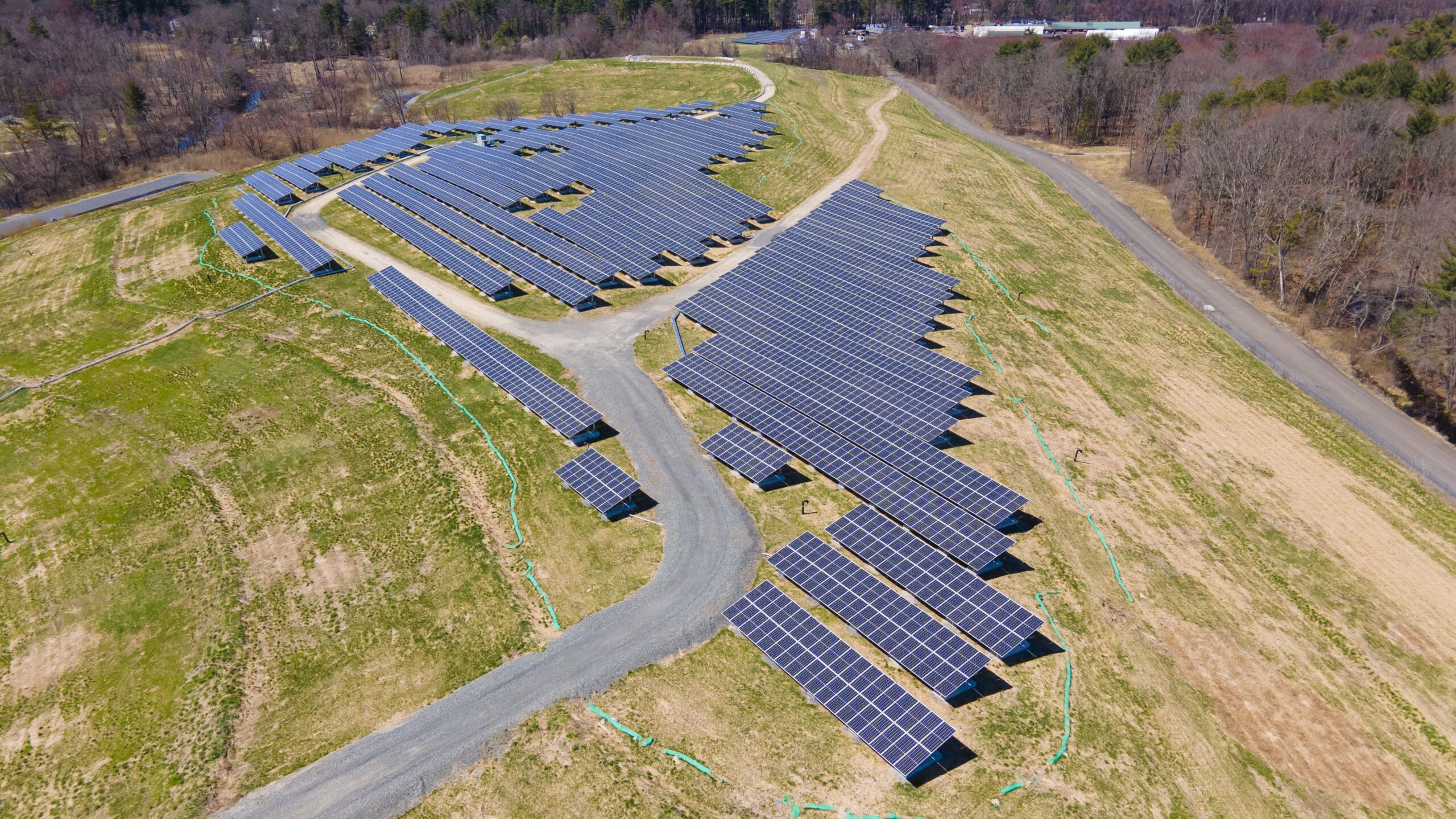
Challenges & Solutions in Developing Solar on Underutilized Land
1. Environmental Remediation & Site Preparation
- Challenge: Some sites require remediation before solar installation
- Solution: Syncarpha partners with environmental agencies and engineers to ensure projects are compliant with EPA and state regulations
2. Interconnection & Grid Access
- Challenge: Older industrial sites may lack modern grid infrastructure to support a solar farm
- Solution: Syncarpha works closely with utilities to upgrade or optimize grid connections for seamless energy integration
3. Community & Regulatory Approval
- Challenge: Some communities may not be familiar with the benefits of solar development on underutilized land
- Solution: Syncarpha is focused on expanding its community engagement and education, showing howits solar developments can generate local economic benefits and clean energy access
The Future of Underutilized Land in Solar Development
As states set higher renewable energy targets, there is growing support for turning underutilized land into clean energy hubs. Syncarpha is committed to identifying, acquiring, and developing sites that can be repurposed for long-term solar energy production.
With advancements in solar technology, energy storage, and grid infrastructure, even more challenging sites will become viable for solar transformation.
If you’re a landowner, municipality, or business interested in exploring how your underutilized land can be transformed into a solar asset, contact Syncarpha today.
Sources:
- https://www.globenewswire.com/news-release/2016/02/09/809073/0/en/Syncarpha-Capital-Borrego-Solar-Systems-and-Renewable-Energy-Massachusetts-Complete-6-Megawatt-Solar-Array-on-Massachusetts-Brownfield.html
- https://syncarpha.com/about-us/projects/massachusetts/palmer-airfield/
- https://pv-magazine-usa.com/press-releases/syncarpha-capital-borrego-solar-systems-and-renewable-energy-massachusetts-complete-project-to-generate-solar-energy-on-decommissioned-municipal-landfill-in-palmer-mass/
- https://solarbuildermag.com/news/brownfield-in-massachusetts-receives-6-mw-system-developed-by-syncarpha-capital/
- https://www.epa.gov/system/files/documents/2022-06/epa-re-powering-profiles-state-programs-may-2022%20508.pdf
- https://en.wikipedia.org/wiki/Solar_landfill

